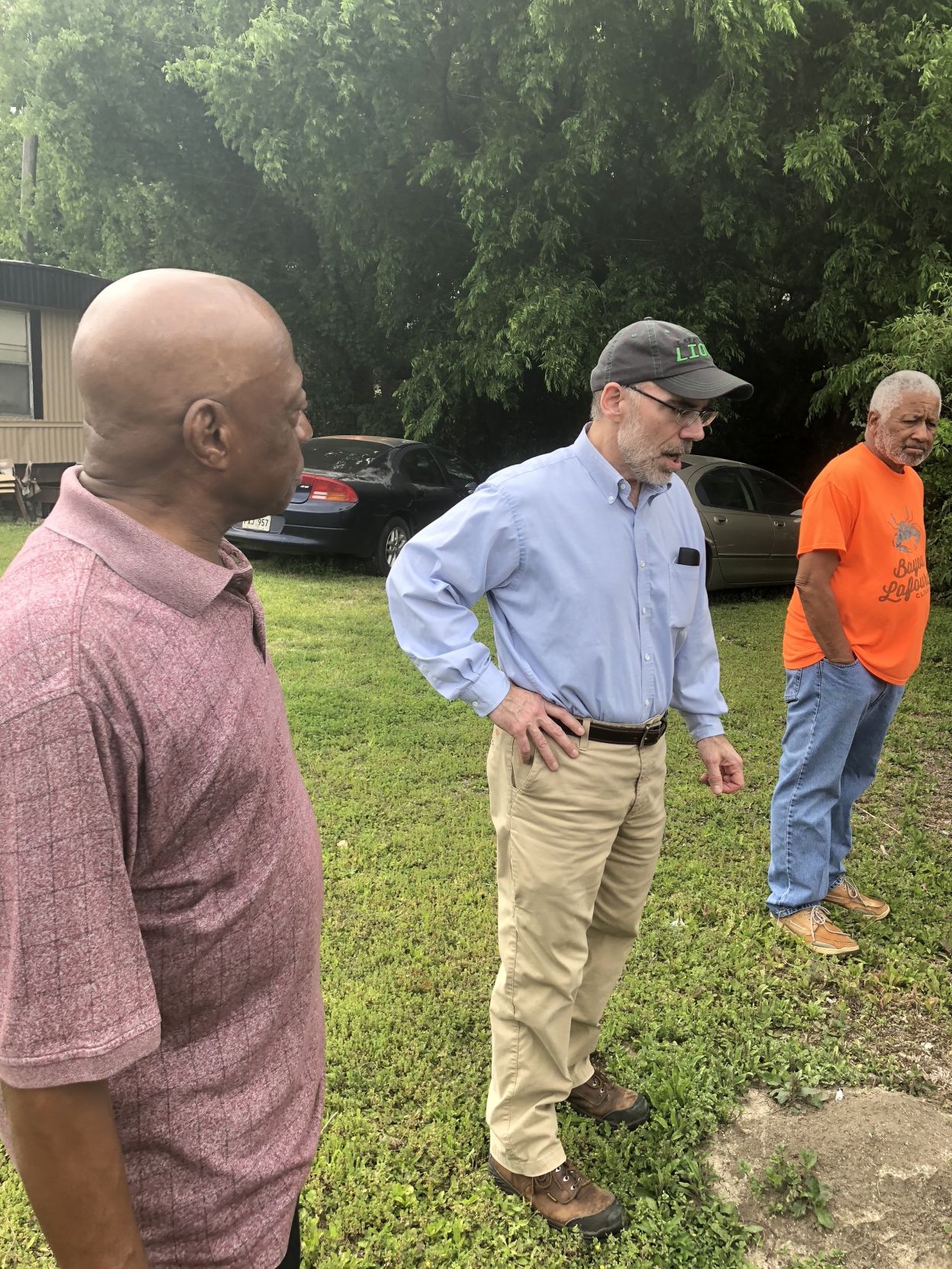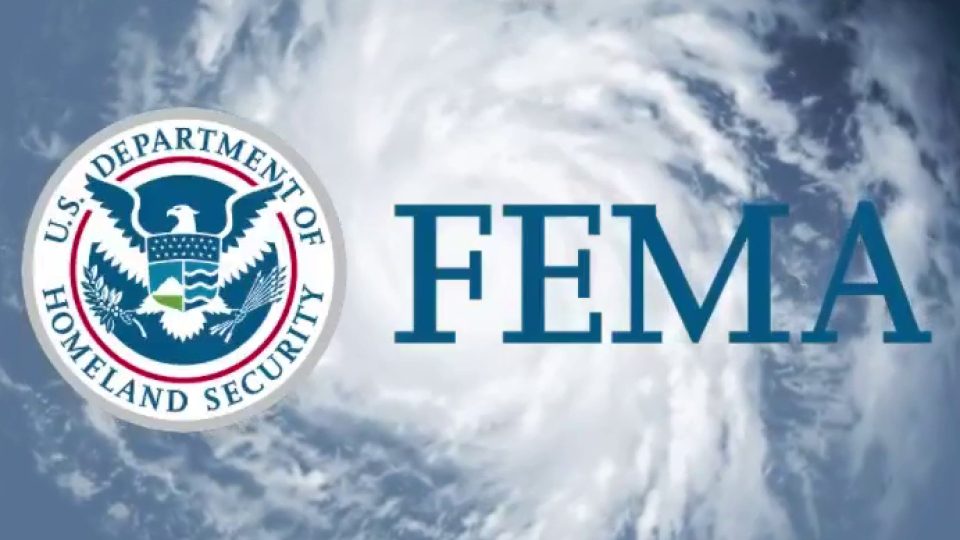
TFAE RUN FOR EXCELLENCE TO BENEFIT LOCAL EDUCATION
April 13, 2018
Water bill sinks after House debate
April 18, 2018Plans to locate remains of victims from a racially-motivated mass murder 130 years ago moved a step further Friday when the archeologist who will oversee the project made his first visit to the Thibodaux site.
Dr. Mark Rees, director of the University of Louisiana Lafayette’s Public Archeology Lab, got a tour of the lot where victims of what has come to be called the Thibodaux Massacre are believed to have been buried in a mass grave on Nov. 23, 1887.
“We get requests for many investigations,” Dr. Rees said. “I consider this one to be of the greatest importance.”
The lot is on property owned by American Legion Raymond Stafford Post 513 on Narrow Street in Thibodaux. The Legion’s board has given permission for an investigation of the property, which has been used in the past as a dump. A coroner’s report from 1887 confirms the deaths of eight people, whom it names. Other bodies were found days after the event, and the death toll is believed to be between 30 and 60, overall. No white casualties were reported, other than two volunteer sentries who were shot in the pre-dawn dark by persons unknown.
Historical records discovered in 2016 by Times Senior Staff Writer John DeSantis at the U.S. National Archives in Washington D.C. verify wanton shooting of black people in Thibodaux by mobs of whites over 2 ½ hours. Among the leaders of the posse was Clay Knobloch, who at the time was Louisiana’s lieutenant governor. Other prominent Thibodaux citizens from that time have been accused of participation in the blood-letting, which occurred in connection with a month-long strike of sugar cane workers from both Lafourche and Terrebonne parishes. After workers were evicted from plantations they made their way to the town for shelter and sustenance.
In 2017 DeSantis founded the Louisiana 1887 Memorial Committee, a non-profit dedicated to research on the event and unearthing of the remains for proper burial. Clergymen and civic leaders have expressed support for the project.
Rees made an impromptu stop in Thibodaux while en route from New Orleans to Lafayette, where he met with DeSantis and two members of the Louisiana 1887 Memorial Committee’s Community Advisory Board, Charles Mosley and Irvin Jones.
After discussions with Jones about what he knew of the land’s usage over many decades and physically examining the area, Rees determined that core sampling — use of a narrow, hollow drill that removes a section from earth underground for analysis to determine changes.
Initially the plan was to use ground-penetrating radar, but the equipment and a qualified operator is expensive. After examining the site and learning of its history, Dr. Rees determined that core samples would be a more effective method of determining whether remains are there, as a first step.
“Based on what we know so far about the site, hydraulic or mechanized coring might be the best and cheapest initial approach,” Rees said. “Manual coring by hand would probably encounter obstructions (such as) garbage and would not reach the depths of a hydraulic core. Mechanized trench excavation is another alternative.”
Rees said he is checking with state officials, and will seek the advice of Louisiana’s state archeologist.
Use of the land as a garbage dump — confirmed by Rees from a 1927 map — makes the task of locating remains more difficult.
“If someone were intentionally trying to conceal a mass homicide and burial, there would probably be few more effective ways of covering it up than placing a dump on top of it,” Rees said.
DeSantis said he will be contacting other members of the community advisory board to plan for a meeting that Rees will address. The public will be invited. Based on conversations with Rees, DeSantis is hopeful that such an examination of the grounds could begin in June.
“Having Dr. Rees here to actually see what the site looks like, and for him to determine that a less costly way of doing the initial exploration is advisable, is all very good news,” DeSantis said. “We have seen great acceptance by a cross-section of Thibodaux for continued exploration, and hopefully the closing of an important historical chapter.”
DeSantis was honored this month by the Louisiana Legislature for his work, and his book “The Thibodaux Massacre: Racial Violence and the 1887 Sugar Cane Labor Strike” (History Press, Charleston SC, 2016) was chosen as a “Humanities Book of the Year” by the Louisiana Endowment for the Humanities.
For more information about the project call 985-401-1887 or visit www.la1887.com.









